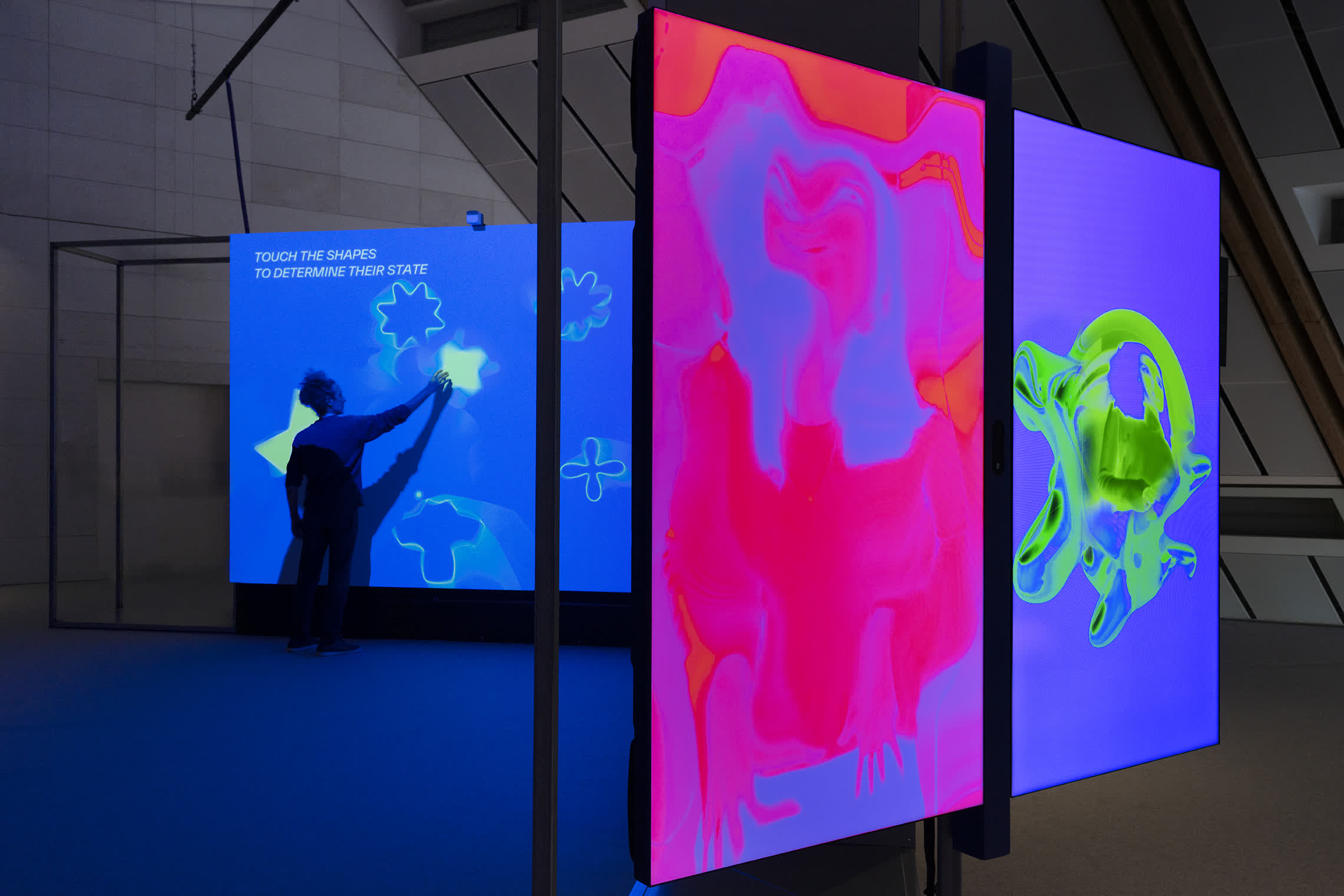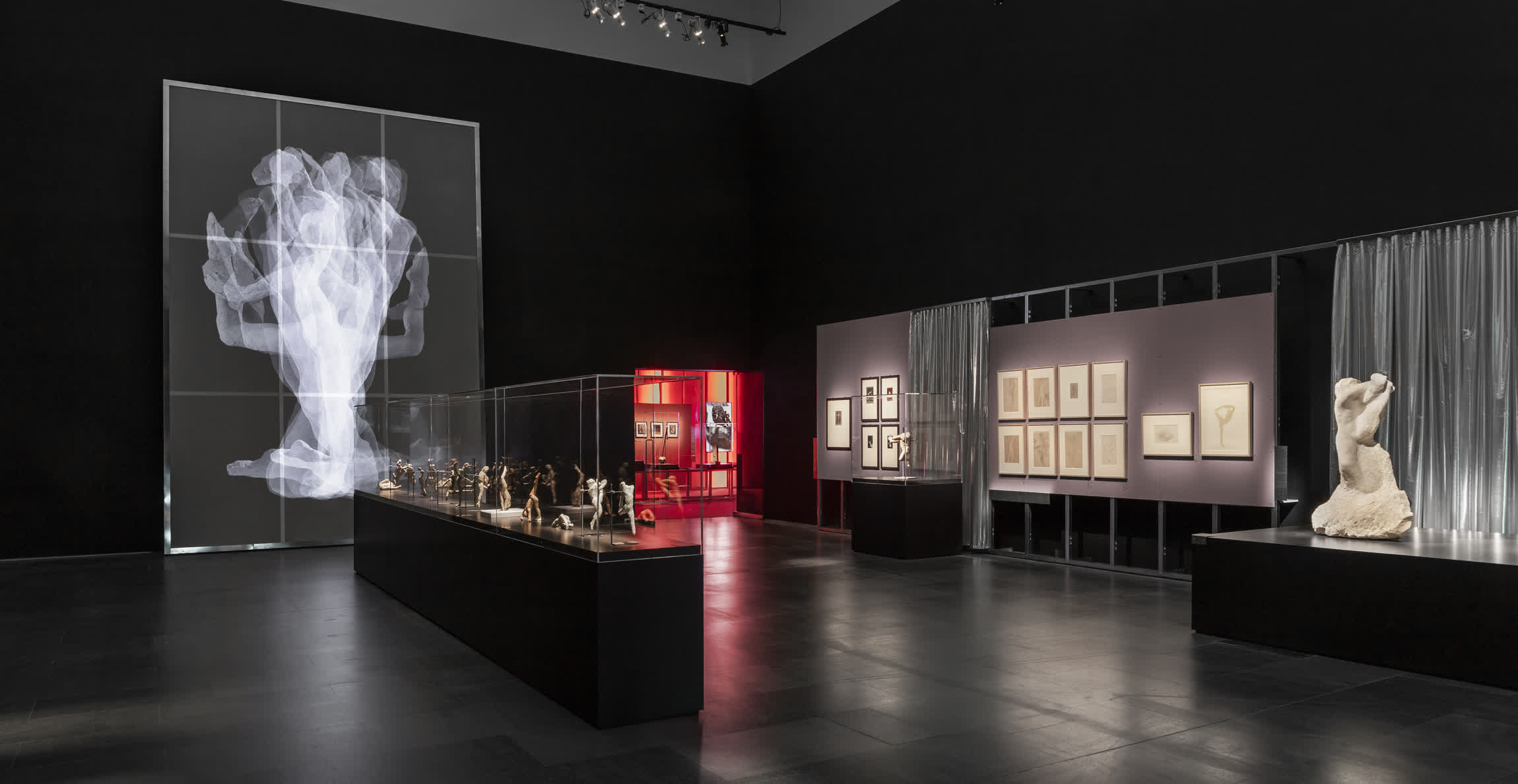Unique of its kind, Multi, Multimedia museum of the Italian language, is one of the few entirely digital museums in the world, created to enhance the intangible heritage of the history of the Italian language through an inclusive and interactive use of its content, also aimed at non-specialists and non-Italian speakers.
Conceived by three Italian universities: the University of Pavia (with the role of coordinator), the University of Naples L'Orientale and the University of Tuscia in Viterbo, we realized the digital development, from the design of its identity and user experience, to its development.
As with all our projects, in designing Multi we gave centrality to the user experience, translating what happens in a physical museum institution into a multimedia mode. Just as a museum has a permanent collection, so Multi consists of curatorial narrative paths. Archives that are often present in physical museums are replaced by the exhibits of its digital collection; interactive content, including games, takes the place of workshops and courses; other museum activities such as events and talks are offset by the section dedicated to news and articles.
Visit Multi: https://multi.unipv.it/it/

Explore the history of Italian language
The main core of the museum is composed of six visitor routes plus an introductory atrium, each one answering a different question concerning the history of the Italian language (e.g. "How did written Italian circulate?" "How did the Italian language spread throughout the world?").
The contents are structured according to the logic of "scrollytelling" and designed for visitors with different interests: each screen has a short main text in close dialogue with the exhibits; there are also notable interactive points, in-depth studies and curiosities for those who want to go into more detail thanks to stories, anecdotes and specific information.
Along the way, the visitor is stimulated by animations, videos, audio extracts, photo galleries, maps and interactive games, making 'multimedia' the strong point for discovering and understanding different and little-known aspects of the Italian language.

Brand identity: the city of language
At the origin of the Multi project is the idea of language as a freely traversable space: a city (borrowing a famous image by Wittgenstein) whose streets correspond to the paths and junctions taken by language in its own historical journey. The coordinated image we created for Multi starts right from this metaphor: the logotype with the square brackets as one of the many portals of the city, and the homepage of the site itself, where the city of language comes to life to allow access to the paths.
Digital collection
Multi contains materials of various kinds (images, digital reproductions of documents and manuscripts, video excerpts, voice recordings, music) that make up the museum's actual 'exhibits'. The exhibits are included in the narration of the routes but can also be retrieved through the Museum Collection: an archive in which reproductions of manuscripts, audiovisual films or works of art, accompanied by captions and metadata, can be viewed in high definition.
A further section with articles allows the multi to offer a glimpse into more contemporary issues or in-depth studies of specific topics.



































